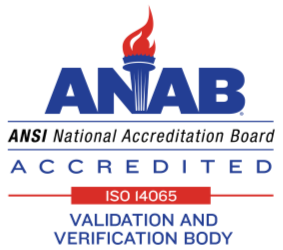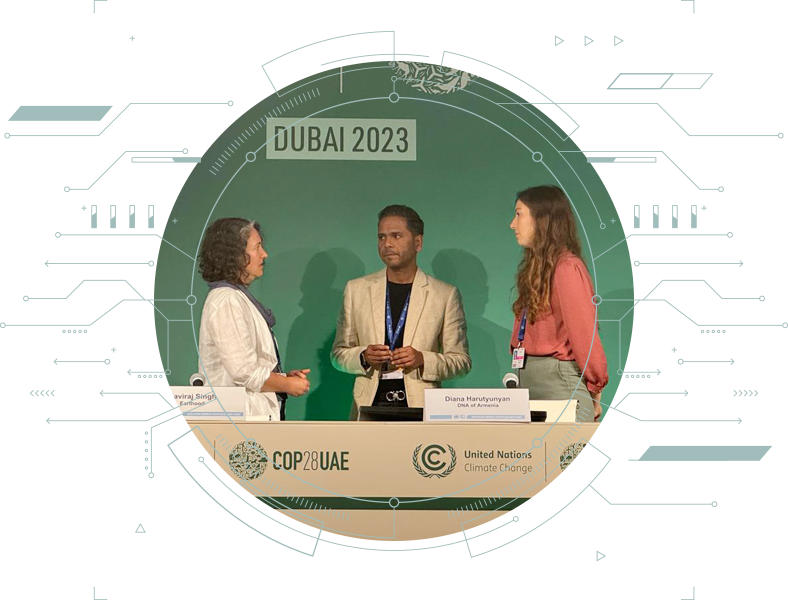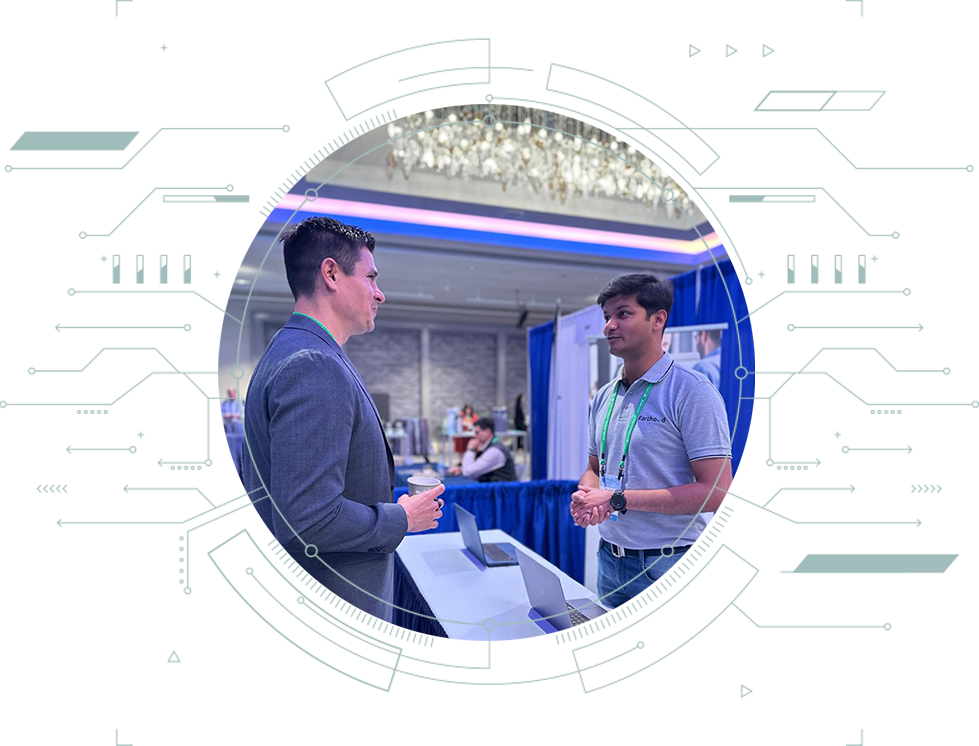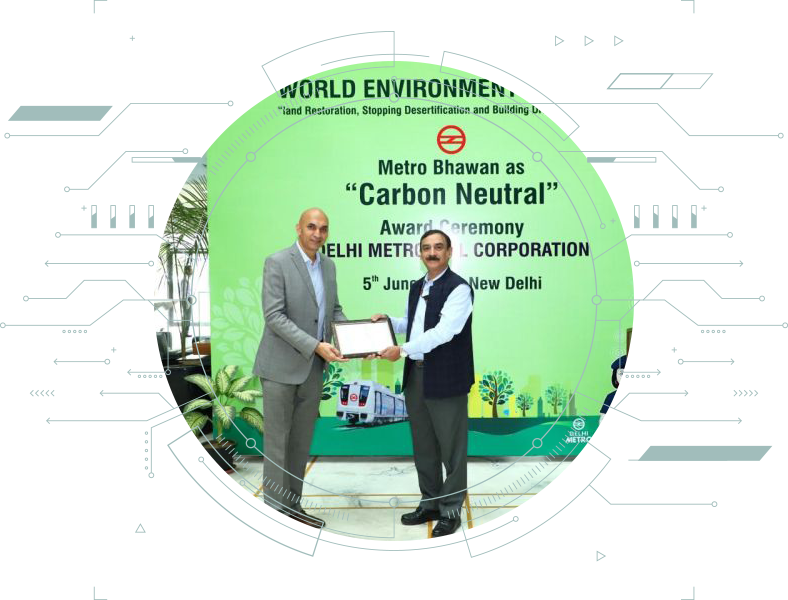
What is Product Life Cycle Assessment?
Product Life-Cycle assessment or LCA is a methodological framework that is used to evaluate the environmental influence of a product, process, material, or measurable activity throughout the entire life cycle. The comprehensive approach serves as a model for the environmental implications of interacting systems making up for industrial production. Its accurate performance can provide data to decision-makers intending to support sustainability initiatives. Thus, defining the product life cycle, essentially combines the stages of growth and decline of the experiences of a product, between being introduced to customers and then being discontinued.
6 Benefits of Life Cycle Assessment (LCA)
LCA highlights areas where the enhancement of the environmental performance of a product is possible. Revealing environmental hotspots and inefficiencies can help in redesigning products and processes to be more sustainable.
Identifying hotspots or stages in the product life cycle would be able to contribute effectively to the overall environmental influence. Targeting these improvement areas can induce proper environmental advantages.
Organizations can leverage LCA for sustainable claims of the environment, where the growing consumer demands can be met for green products. It builds brand loyalty and allows a competitive edge in the marketplace.
LCA can be utilized for obtaining certifications of third-party, and provide credible verification of the environmental claims of a product. It can enhance organizational reputation and assure customers for committing to sustainability.
LCA quantifies the key impacts of the environment like carbon footprint, OHO emissions, energy consumption, and water use. The quantitative data is critical for setting and attaining sustainability goals.
LCA methodologies are standardized by ISO 14040 and ISO 14044, providing a consistent framework for conducting assessments.

Who performs an LCA?
Life Cycle assessment could be performed by a
range of different stakeholders, such as-
Organizations having dedicated departments for sustainability and conducting internal assessments.
Research and Academic InstitutionsStudents and researchers who focus on environmental sustainability and science.
Government AgenciesEntities that are responsible for environmental policy development and regulatory compliance.
NGO's or Non-governmental OrganizationsOrganizations that are dedicated to environmental research and advocacy.
Environmental ConsultantsThey are specialized firms that offer expertise in LCA reporting and methodologies.
WHO BENEFITS FROM AN LCA?
Research & Development
and Product Development
Due to an informed design, LCA provides insights into the environmental impacts of processes and materials, guiding the development of sustainable products.
Supply Chain Management
& Procurement
LCAs help in optimizing supply chains, reducing environmental footprints, and enhancing procurement strategies by choosing suppliers and materials.
Sales & Marketing
LCA findings can be used for highlighting the environmental benefits of products, enhancing market positioning, and appealing to eco-conscious customers.
Strategic Management & Executive Level
LCA gives strategic insights into the environmental impact of organizational decisions, enabling executives to align sustainability goals with business strategies, drive innovation and achieve competitive advantage through responsible practices.
Four Phases of Life Cycle Assessment

Objectives and Scope
LC Inventory Analysis (LCI)
Data Collection
Data Management
Life Cycle Impact Assessment (LCIA)
The above data collected is analyzed to understand the potential environmental influences. It would include the involvement of classification, that is assigning LCI results for checking the impact on categories, and characterization or quantification of the impact.
- Impact Categories: In LCIA, the inventory data are translated into potential environmental impacts. Common impact categories include global warming potential, acidification, eutrophication, human toxicity, and resource depletion.
- Characterization Models: These models are used to convert inventory data into impact indicators. For instance, emissions of various greenhouse gasses can be converted into CO2 equivalents.
Applications of LCA
Product Design/Development
LCA assists in designing products that have lower environmental impacts by the identification of crucial stages in the life cycle contributing most to the overall impact. It can lead to innovations in materials, processes, and product design.
Sustainability Reporting & Corporate Strategy
Organizations use LCA to inform their sustainability strategies, enhance their environmental performance, and present their efforts to stakeholders through reports.
Policy and Regulations
Regulatory bodies utilize LC for the development of policies aiming to reduce environmental impacts. LCA would be able to inform regulations on waste management, resource conservation, and emissions reduction.
Environmental Declarations & Labels
LCA is the basis for environmental labels and declarations such as Environmental Product Declarations (EPD) and eco-labels, which provide consumers with information about the environmental performance of products.
Product Design/Development
LCA assists in designing products that have lower environmental impacts by the identification of crucial stages in the life cycle contributing most to the overall impact. It can lead to innovations in materials, processes, and product design.
Policy and Regulations
Regulatory bodies utilize LC for the development of policies aiming to reduce environmental impacts. LCA would be able to inform regulations on waste management, resource conservation, and emissions reduction.
Sustainability Reporting & Corporate Strategy
Organizations use LCA to inform their sustainability strategies, enhance their environmental performance, and present their efforts to stakeholders through reports.
Environmental Declarations & Labels
LCA is the basis for environmental labels and declarations such as Environmental Product Declarations (EPD) and eco-labels, which provide consumers with information about the environmental performance of products.
How Is Data Collected for LCA?
Various ways can be
employed for collecting data for the LCA
Templates for data collection
Standardized templates are utilized for ensuring completeness and consistency in measures of data collection.
Automation
Modern practices of LCA involve automated data collection from the source systems for improvement of efficiency and accuracy.
Detail Level
Data granularity, which ranges from the overall system to individual steps of the process, depends on data availability, time present for data collection, data point relevance, and LCA scope.
Meet the Earthood Carbon
Auditing Professionals
At the heart of every impactful carbon audit is a team of dedicated professionals. Earthood takes pride in our cadre of seasoned experts, each bringing a wealth of knowledge, precision, and passion to the forefront of your sustainability efforts.
Clients
FAQ
- Scope: Defining goals and boundaries.
- Life Cycle Inventory Analysis (LCI): Collection of data on inputs and outputs.
- Impact Assessment (LCIA): Analysis of data to determine environmental impacts..
- Interpretation: Provide insights and recommendations.
- Cradle-to-Gate: From raw materials to factory gate.
- Cradle-to-Cradle: Focused on recycling and repurposing.
- ● Well-to-Wheel: Assessing fuel lifecycle from extraction to use.




































































